During excavations at a Bronze Age cemetery in Iran, archaeologists discovered an unusual skull of a young woman who died in an accident more than 6,000 years ago. Photo: Zohreh Prehistoric Project.
The woman’s conical skull suggests she was killed by a broad-edged object, ending her short life quickly. However, researchers have not been able to determine whether the blow was intentional. Photo: Mahdi Alirezazadeh.
“We know that this woman suffered a fracture in her final moments. However, we have no direct evidence that someone intentionally beat her,” said the study’s lead author, Mahdi Alirezazadeh, a prehistoric archaeologist at Tarbiat Modares University in Iran. Photo: Zohreh Prehistoric Project/Mahdi Alirezazadeh.
Archaeologist Alirezazadeh and archaeology professor Hamed Vahdati Nasab at Tarbiat Modares University detailed their analysis of the Bronze Age skeleton from the Chega Sofla cemetery in a study published in the International Journal of Osteological Archaeology. Photo: Mahdi Alirezazadeh.
Chega Sofla is an archaeological site dating back to the 5th millennium BC in western Iran, north of the Persian Gulf. The prehistoric cemetery contains both individual graves and mass graves, possibly family graves. The area was inhabited from around 4700 BC to 3700 BC. It was an “eventful millennium”. Photo: Mahdi Alirezazadeh.
In the new study, the team detailed the trauma that killed a young woman, known as BG1.12, around 6,200 years ago. Photo: Zohreh Prehistoric Project/Mahdi Alirezazadeh.
According to the results of the skull examination, the person underwent cranial binding as a child, which can involve wrapping a piece of cloth around a child’s growing skull to intentionally change its shape. After years of performing cranial binding, the head will be elongated, almost conical in shape. Photo: mediastorehouse.
At the Chega Sofla cemetery, people with and without cranial alterations were buried side by side. Alirezazadeh and Nasab used CT scans to identify a fracture in BG1.12’s skull and to closely examine the thickness of both the skull and the diploe, the spongy bone that acts as a shock absorber. Photo: anibal /Adobe Stock.
The researchers found that BG1.12’s bones were thinner than those of people who had not undergone cranial binding as children. They concluded that the woman’s skull’s ability to withstand external forces, such as a traumatic blow, may have been weaker than that of a normal skull. Photo: novoscriptorium.
It is unclear whether BG1.12 was killed or simply injured in a fatal accident. Because the young woman was buried with many others in a mass grave, the rest of her remains have not been identified, making it difficult to decipher the final years of BG1.12's life. Photo: crystalinks.
Readers are invited to watch the video : Revealing lost civilizations through archaeological remains.
Source: https://khoahocdoisong.vn/noi-soi-hop-so-6200-tuoi-soc-nang-cai-chet-cua-chu-nhan-post1546667.html



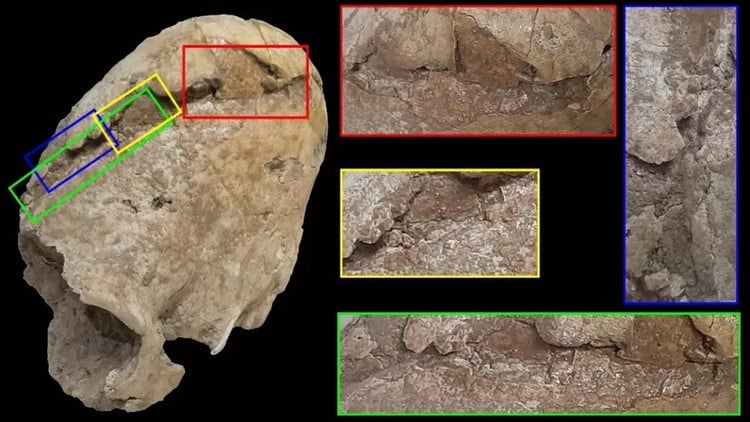


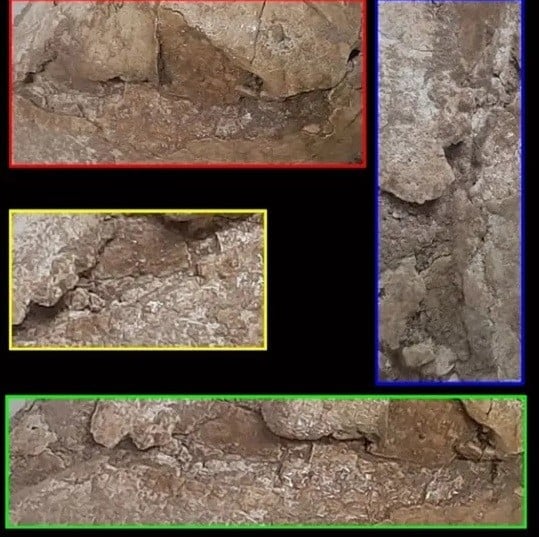
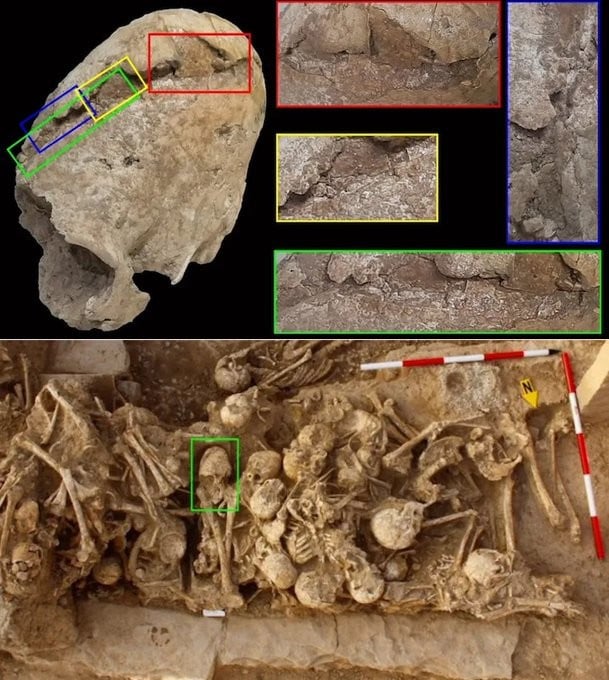
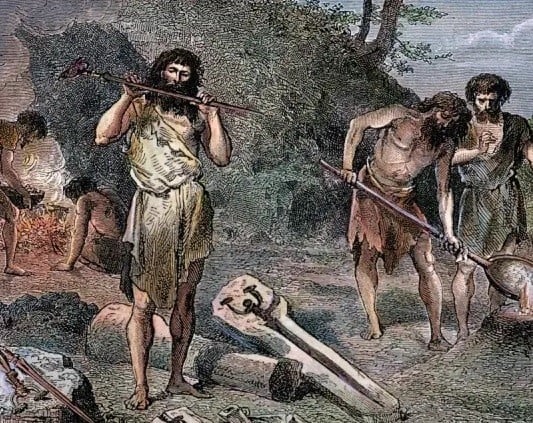
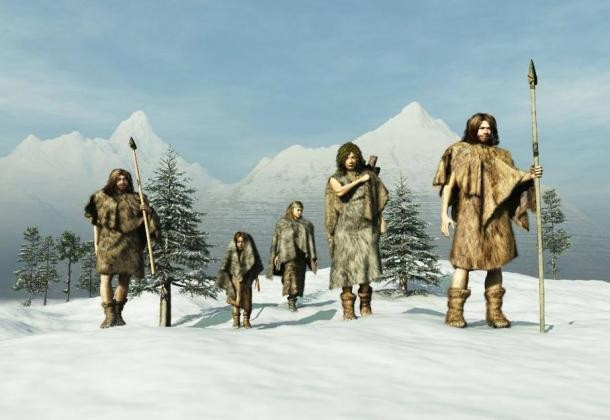

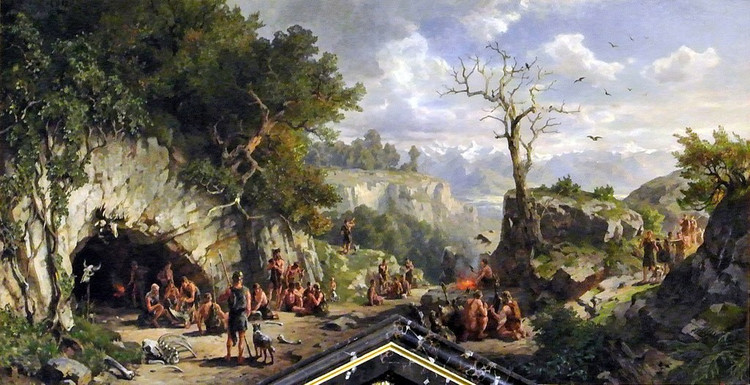
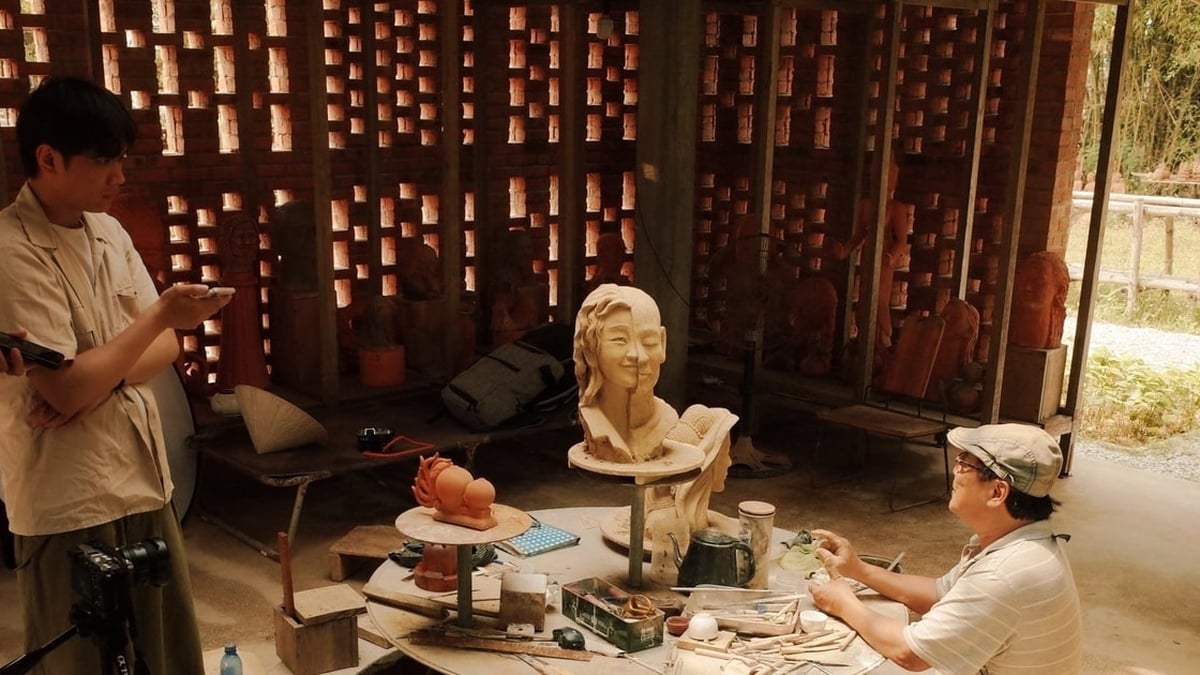





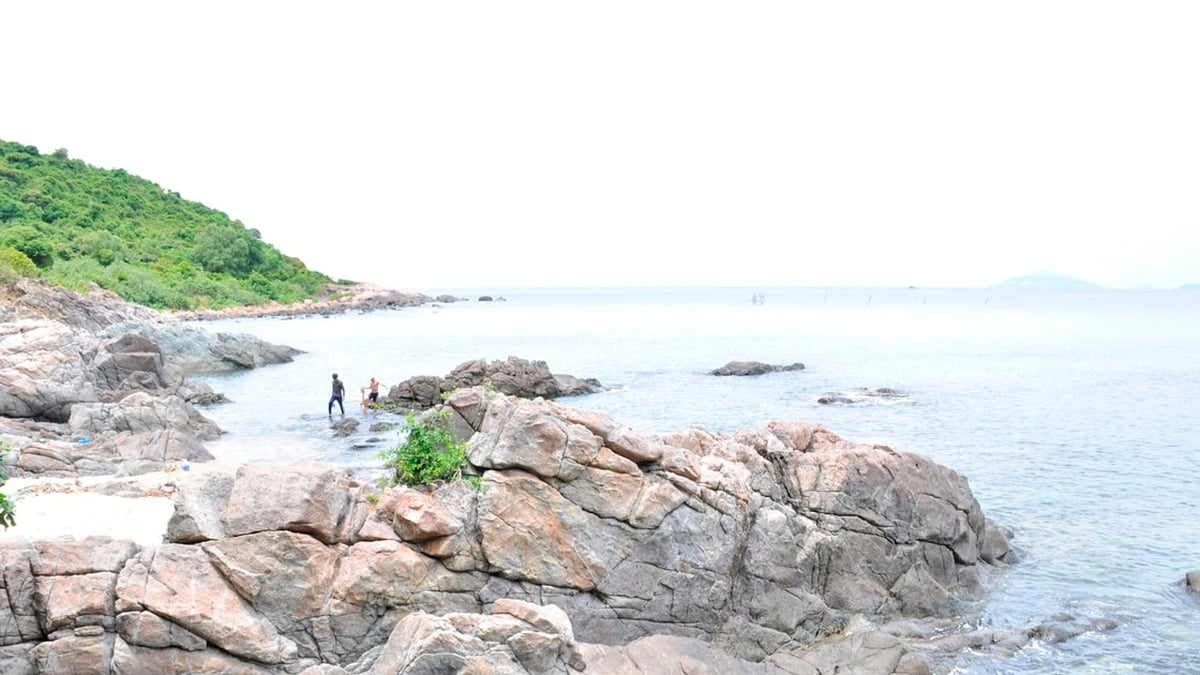

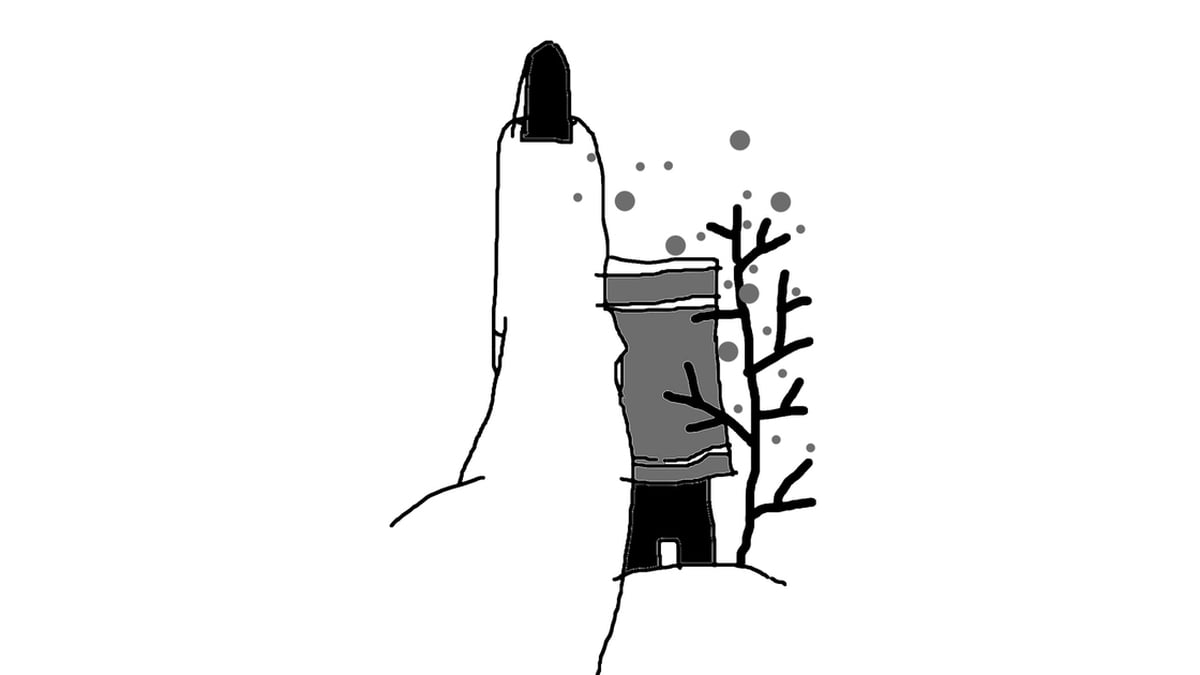






























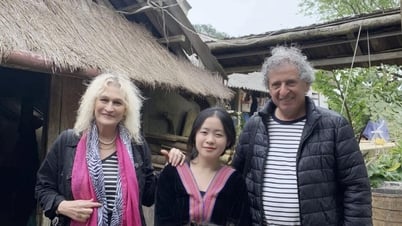

























































Comment (0)